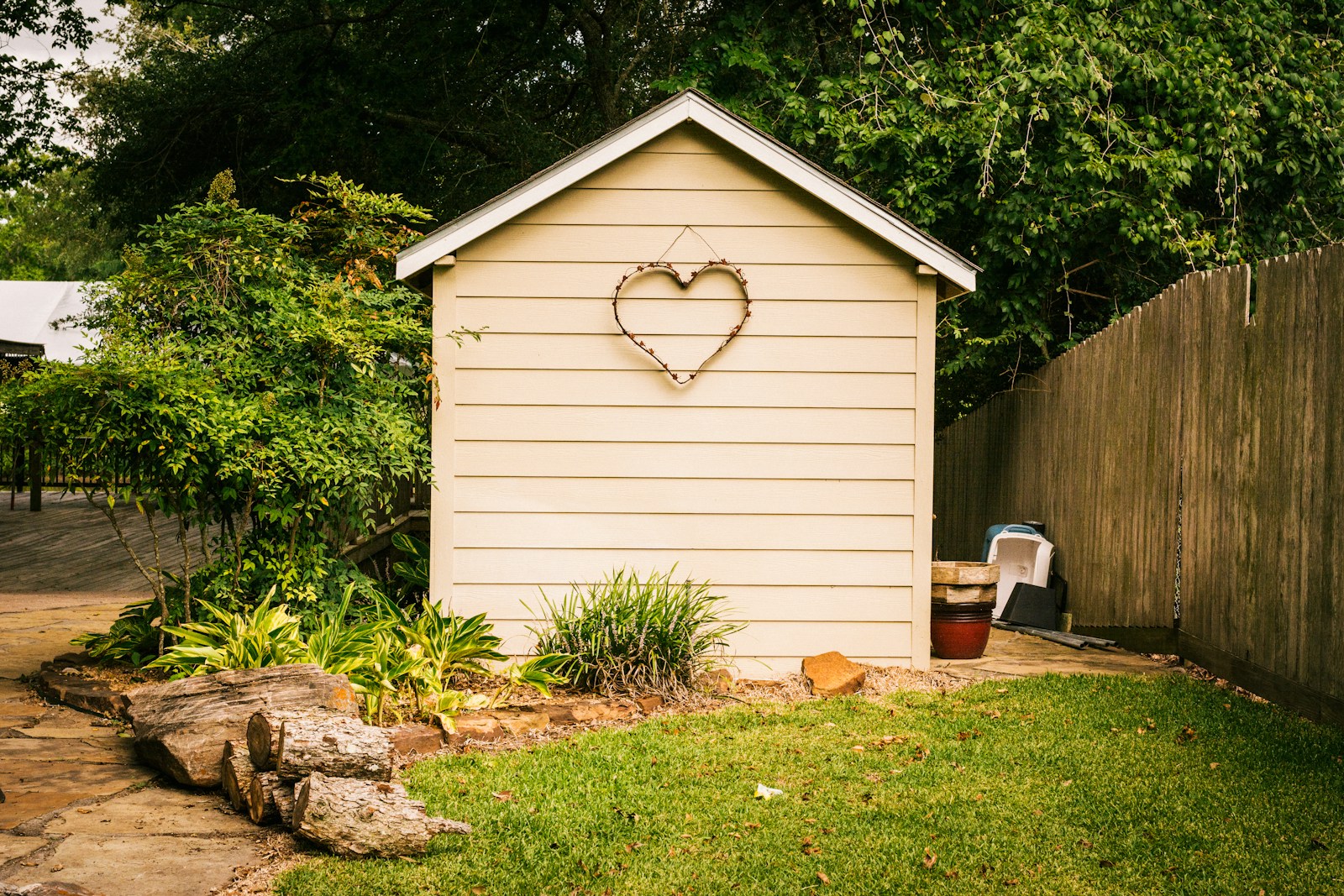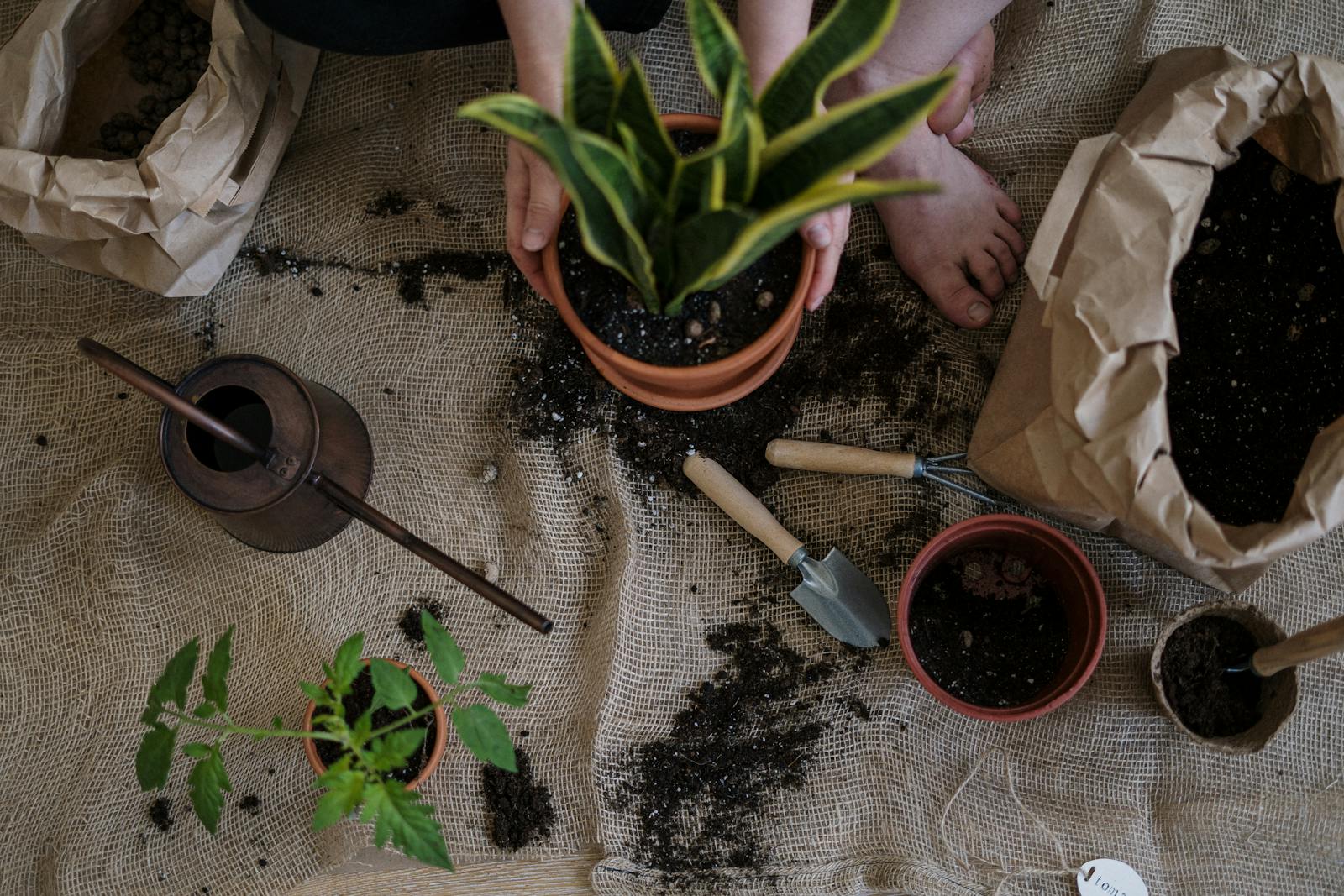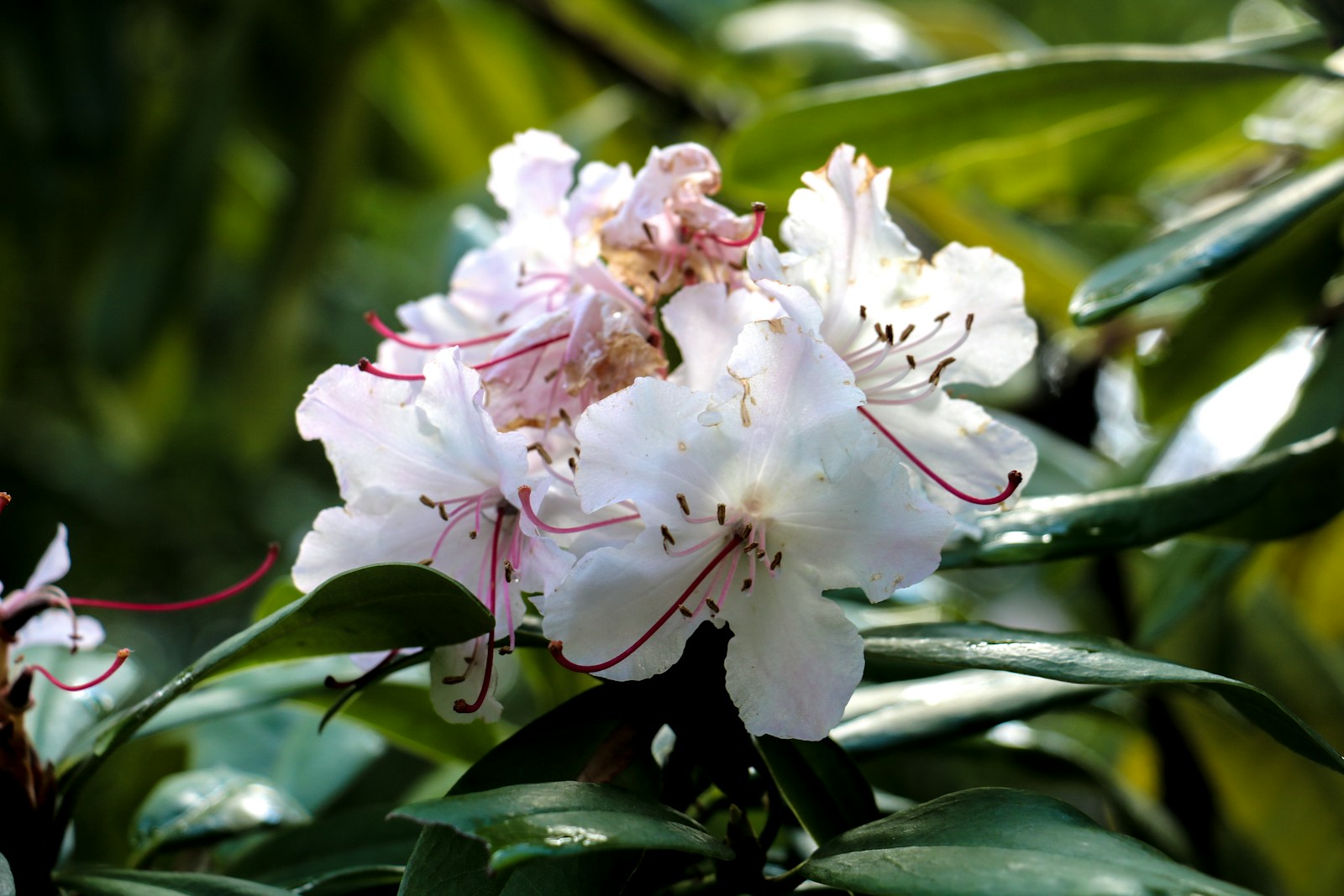Maximizing Yield in Tiny Backyards
Designing an Efficient Garden Layout
Maximizing yield in tiny backyards begins with a smart layout. Every square foot counts, so plan your beds and pathways carefully. Avoid large lawns or decorative areas that don’t produce food or flowers.
Raised beds, square-foot gardening grids, and keyhole beds are excellent options. They define growing zones clearly and simplify access and maintenance. Use tight spacing between plants to reduce weeds and maximize output.
Plan pathways just wide enough to move comfortably. Efficient layout ensures you’re using your limited space for growth, not unused ground.
Choosing High-Yield and Compact Crops
In small gardens, select plants that offer a big return. Look for compact, productive varieties like bush beans, salad greens, cherry tomatoes, and zucchini. These plants thrive in limited space and provide continuous harvests.
Leafy greens can be cut and regrown multiple times. Indeterminate tomatoes and pole beans climb upward, producing steadily throughout the season. Herbs such as basil and parsley are compact, prolific, and add value to any meal.
Focus on plants that grow quickly, mature early, or offer repeat harvests to stretch your space even further.
Implementing Vertical Gardening Techniques
Going vertical is one of the best strategies for small yards. Install trellises, cages, or A-frame supports to train vines like cucumbers, peas, or tomatoes. Hanging baskets and wall-mounted planters also increase planting space without crowding ground-level beds.
Use fences or walls to anchor climbing crops and create green walls. Vertical tools improve airflow, reduce disease, and simplify harvesting.
This strategy not only boosts productivity but also adds dimension and structure to your garden design.
Practicing Succession Planting
Succession planting keeps your garden productive from spring through fall. After harvesting one crop, immediately plant another in the same spot. For example, follow spinach with bush beans, then sow kale for fall harvests.
Create a planting calendar to schedule rotations and take advantage of seasonal growing windows. This method ensures every bed is always growing something useful.
Succession planting boosts total output from a small footprint and reduces wasted time and space between harvests.
Interplanting and Companion Strategies
Interplanting—growing multiple crops in the same space—makes efficient use of soil and sunlight. Combine fast growers like radishes with slower ones like carrots or corn with low-growing squash.
Companion planting adds a functional layer, helping deter pests and boost plant health. Basil near tomatoes, or marigolds with beans, creates synergy without extra space.
This layered planting technique makes your garden more resilient, productive, and vibrant with every square foot working double duty.
Using Containers to Fill Gaps
Containers add flexibility to tiny backyard gardens. Fill empty corners, line pathways, or group pots along walls to create productive zones. Containers can host herbs, dwarf fruit trees, or shallow-rooted vegetables like lettuce or radishes.
Use lightweight, durable materials like resin or fabric grow bags. Match pot size to plant needs—larger for tomatoes or peppers, smaller for herbs. With proper drainage and quality potting soil, container plants thrive with little space.
This mobile strategy lets you rearrange your garden as needed and squeeze extra harvests from every available spot.
Timing Plantings with Seasonal Awareness
Small gardens benefit from seasonal precision. Plant early crops like peas and spinach as soon as soil is workable. Transition to warm-season vegetables like peppers and eggplant as temperatures rise.
In late summer, start fall crops like kale, arugula, or carrots. By aligning plantings with optimal windows, you extend your harvest and minimize downtime between cycles.
This seasonal strategy multiplies yield in tight quarters by keeping production constant throughout the growing year.
Boosting Soil Health for Higher Productivity
Healthy soil is essential in small-scale gardening where every inch matters. Regularly amend with compost, worm castings, or aged manure to enrich the soil with nutrients and beneficial microbes.
Avoid synthetic fertilizers that degrade soil structure over time. Instead, use organic blends or slow-release formulas suited to your crops. Mulch beds with straw, leaves, or grass clippings to conserve moisture and suppress weeds.
Soil rich in life delivers bigger yields, stronger plants, and fewer problems in your compact backyard farm.
Managing Pests Without Sacrificing Space
Pest control is critical in small gardens where infestations can spread quickly. Use physical barriers like netting or row covers to exclude insects. Encourage beneficial predators such as ladybugs and lacewings with diverse plantings.
Practice crop rotation and avoid overcrowding to reduce disease. Neem oil, insecticidal soap, and homemade garlic sprays offer organic solutions without harming pollinators.
Staying vigilant and responding early keeps your space-efficient garden healthy and productive all season.
Harvesting Often to Encourage Growth
Frequent harvesting encourages plants to produce more. Pick beans, cucumbers, and leafy greens while young and tender. This signals the plant to keep growing instead of going to seed.
Use clean tools and harvest in the cool part of the day to minimize stress. For herbs, pinch tips to promote branching and fuller growth. Succession-sow fast crops like radishes every few weeks to maintain a steady supply.
Regular harvesting improves flavor, extends productivity, and ensures you get the most from every inch of your tiny backyard.
Preserving and Storing the Harvest
High-yield gardening means an abundance of produce—even in small yards. Learn simple ways to preserve what you grow. Freeze herbs in oil, can tomatoes, pickle cucumbers, or dry chili peppers to extend your harvest into winter.
Invest in reusable containers, labels, and a cool, dry storage space. Dehydrators and small chest freezers are excellent tools for compact homes.
Storing your surplus not only reduces waste but turns your tiny backyard into a year-round food source.
Creating Zones for Multi-Use Efficiency
Divide your garden into zones that serve multiple purposes. Combine relaxation and productivity by bordering a seating area with edible flowers, herbs, or dwarf fruit bushes. Use fence lines for vertical growing or privacy screens with trellised plants.
Integrate pollinator plants throughout to support vegetable crops and beautify the space. Even a compost bin can double as a backdrop or seating structure with a little creativity.
Thoughtful zoning transforms every inch of your yard into something useful, beautiful, or both.
Using Reflective Surfaces and Color Wisely
Light is critical in compact gardens. Use reflective materials like white walls, mirrors, or silver planter liners to brighten shady corners. Light-colored mulch also boosts reflectivity and keeps soil temperatures steady.
Choose bright containers or flowers to visually expand the space and draw attention to your most productive beds. This subtle design technique makes your garden feel larger and more abundant.
Better light means healthier plants, which in turn produces more food from the same small footprint.
Engaging the Whole Household
Involving the entire household in gardening increases productivity and enjoyment. Assign tasks based on interest and ability—kids can plant and water, while adults manage pruning or fertilizing.
Shared work distributes effort and strengthens family connections. It also keeps the garden active even when one person is away or busy.
By turning gardening into a team effort, you grow more than just vegetables—you cultivate collaboration and pride in your outdoor space.
Celebrating Small-Scale Abundance
Gardening in tiny backyards proves that size doesn’t limit success. With planning, care, and creativity, even the smallest spaces can produce bountiful harvests season after season.
Measure success not only by quantity, but by quality of experience, flavor, and fulfillment. Every tomato, basil leaf, and homegrown salad is a celebration of resourcefulness and dedication.
Whether you grow in ten feet or fifty, your backyard can become a vibrant, productive refuge right outside your door.
Frequently Asked Questions
What vegetables give the highest yield in small spaces?
Leafy greens, bush beans, cherry tomatoes, zucchini, and herbs like basil are compact, fast-growing, and offer continuous or repeat harvests in tight gardens.
How do I organize my tiny backyard for gardening?
Use raised beds, vertical structures, and container groupings to define zones. Keep pathways narrow and leave no unused ground—every corner can serve a growing purpose.
Can I grow fruit in a small backyard?
Yes, dwarf fruit trees or columnar varieties work well in containers or small plots. Strawberries and raspberries are also excellent options for limited spaces.
How do I keep pests out of my small garden?
Use row covers, netting, or companion planting. Encourage beneficial insects and practice crop rotation to minimize infestations in concentrated areas.
What’s the best way to fertilize a small garden?
Use compost, worm castings, or balanced organic fertilizers. Apply lightly and regularly, adjusting based on plant needs and growth stage to avoid overfeeding.
© 2025 GardeningandDecor.com. All rights reserved.



